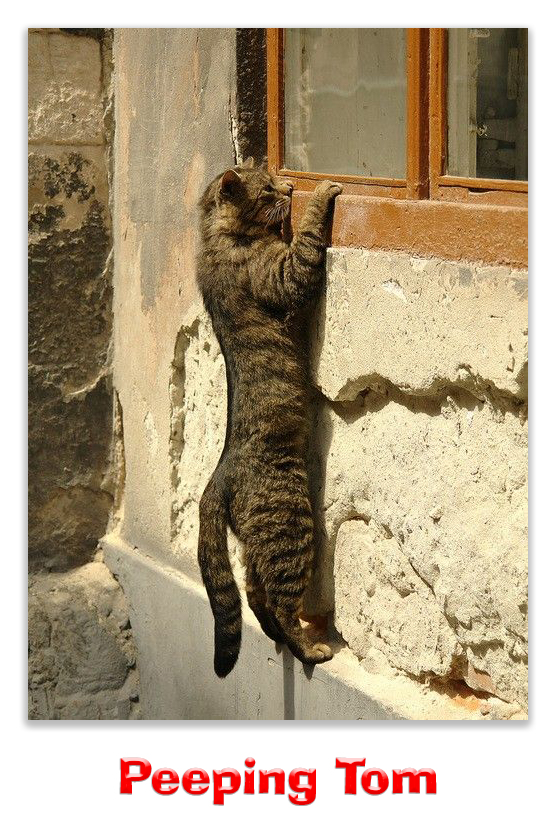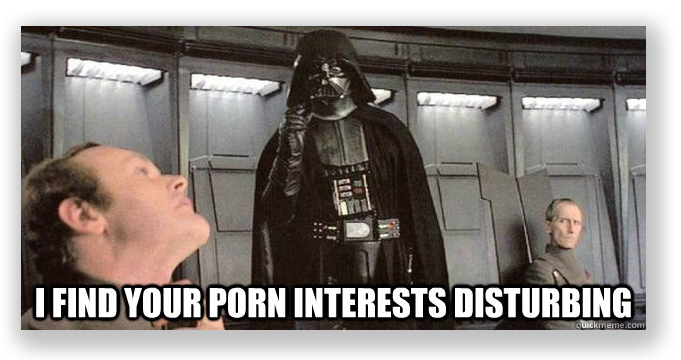We post news and comment on federal criminal justice issues, focused primarily on trial and post-conviction matters, legislative initiatives, and sentencing issues.

A QUESTION OF DEGREE
In the largely seamy world of child porn, much harsher sentences are justifiably reserved for people who produce the images, who procure the kids, or who advertise the stuff for sale. Mandatory minimum sentences for such conduct – listed in 18 USC 2251 – begins at 15 years.
The consumers of the product don’t face a picnic, but sentences under 18 USC 2252 for the people who receive, possess or pass around such images start at a third of the harsher sentences.
Some crimes are pretty hard to demagogue, and production of kiddie porn is one of them. Still, the old maxim that hard cases make bad law remains true.
Much of the rationale for severe sentences for producers arises from justifiable concern over what forcing children to engage in sex acts does to their psyches, how it robs them of the innocence of childhood. One Circuit Court explained that “[t]he crime is the offense against the child – the harm ‘to the physiological, emotional, and mental health’ of the child; the ‘psychological harm; the invasion of the child’s ‘vulnerability’.”
 Within the production statute’s sweep, however, have come voyeurs, especially with today’s ultra-small wireless cameras. Unlike the producers, voyeurs simply set up their cameras in hope of catching candids of subjects in various states of undress or during intimate moments. While the practice is odious and an invasion of privacy, voyeurism is qualitatively different from other production. Many times the subject – child or not – is not aware of the recording and never comes to find out that the image exists. Whatever intimate sexual conduct that is recorded was volitional: unlike a child forced to act in a porn production, the minor has not done anything he or she didn’t set out to do.
Within the production statute’s sweep, however, have come voyeurs, especially with today’s ultra-small wireless cameras. Unlike the producers, voyeurs simply set up their cameras in hope of catching candids of subjects in various states of undress or during intimate moments. While the practice is odious and an invasion of privacy, voyeurism is qualitatively different from other production. Many times the subject – child or not – is not aware of the recording and never comes to find out that the image exists. Whatever intimate sexual conduct that is recorded was volitional: unlike a child forced to act in a porn production, the minor has not done anything he or she didn’t set out to do.
Nevertheless, 18 USC 2251 is unbending, and a voyeur might as well be a producer. That’s what a defendant – we’ll call him Voyeur Vic – found out yesterday from the 10th Circuit.
Vic used hidden cellphones to secretly record his girlfriend’s 11-year old daughter while she showered and used the bathroom, while the girlfriend was at work. Apparently not happy with the quality of the cellphone screen, Vic transferred the video files to his computer and created still images, some of which focused on her girl’s private parts.
Vic never posted the images on the Internet, but rather, kept the still images in his own computer for his personal gratification.
The 11-year old victim was a pretty smart and observant kid, and she saw the cellphones Vic used to record her. She grabbed them, confronted him about what he was doing, and fled on her bicycle to a friend’s house when she feared he would take them from her forcibly. The neighbors called the cops, and that was that.
 Vic was indicted on two counts of attempted sexual exploitation of a child in violation of 18 U.S.C. 2251(a) & (e). Vic promptly moved to dismiss the indictment. He argued the undisputed evidence showed he “secretly videotape[d] the unaware minor while she performed activities over which he had no control or influence.” He contended his conduct did not satisfy the “uses” element of Sec. 2251(a), which Vic claimed requires “a causal relationship between the defendant and the minor’s sexually explicit conduct.”
Vic was indicted on two counts of attempted sexual exploitation of a child in violation of 18 U.S.C. 2251(a) & (e). Vic promptly moved to dismiss the indictment. He argued the undisputed evidence showed he “secretly videotape[d] the unaware minor while she performed activities over which he had no control or influence.” He contended his conduct did not satisfy the “uses” element of Sec. 2251(a), which Vic claimed requires “a causal relationship between the defendant and the minor’s sexually explicit conduct.”
Yesterday, the 10th Circuit disagreed. Section (a) of 2251 provides that anyone “who engages, employs, uses, persuades, induces, entices, or coerces any minor to in… any sexually explicit conduct for the purpose of producing any visual depiction of such conduct… shall be punished…”
The Circuit held that the term ‘uses’ in the statute “reaches a defendant’s active involvement in producing the depiction even if the interpersonal dynamics between the defendant and the depicted minor are unknown.” Such an interpretation, the appeals court said, “gives effect to every word” in the statute, which is a basic tenet of statutory construction. As well, the Court said, “it is consistent with Congress’ intent to provide “a broad ban on the production of child pornography… aimed to prohibit the varied means by which an individual might actively create it.”
The Court said a number of other circuits that have grappled with the issue have agreed that a perpetrator can ‘use’ a minor to engage in sexually explicit conduct without the minor’s conscious or active participation.
 No one contends that such images – especially when edited to focus on a child’s privates – should not be punished. At the same time, applying the same 15-year mandatory minimum sentence to a voyeur who deploys a hidden camera without the subject’s knowledge that would apply to a producer of porn which uses children being coached to engage in illicit conduct for the camera demeans the more serious of the offense.
No one contends that such images – especially when edited to focus on a child’s privates – should not be punished. At the same time, applying the same 15-year mandatory minimum sentence to a voyeur who deploys a hidden camera without the subject’s knowledge that would apply to a producer of porn which uses children being coached to engage in illicit conduct for the camera demeans the more serious of the offense.
At the same time, the Circuit’s statutory interpretation is suspect. Far from giving meaning to every word, the appellate court seems to hold that the meaning of “uses” is broad enough to subsume all of the other terms – engages, employs, persuades, induces, entices, or coerces – thus making them surplusage. Interpreting a statute to avoid surplusage is as much a canon of statutory construction as is giving effect to every word.
If “use” means what the 10th says it means, then it includes all conduct that comprises engaging, employing, persuading, inducing, enticing or coercing. It also paints with a very broad brush, punishing conduct that – while reprehensible – does not scar the child the way enticement or coercion does.
Vic got 292 months for his Peeping Tom-ism, a sentence that a director of a porn flick of coerced kids might deserve. Whether locking someone up for a quarter century over voyeurism was the statute’s intent may yet be addressed by the Supreme Court.
United States v. Theis, Case No. 16-3058 (10th Cir., April 11, 2017)
– Thomas L. Root


